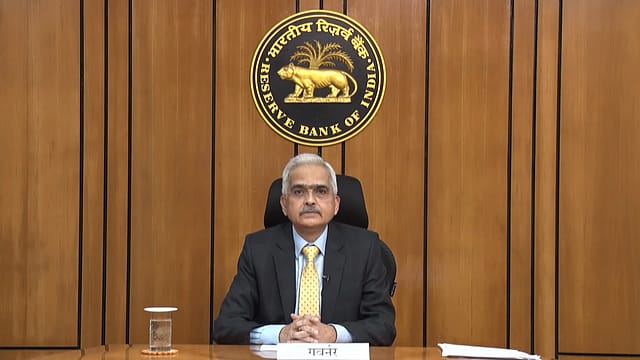RBI enhances transaction limit for small value offline digital payments to ₹500
ADVERTISEMENT

The Reserve Bank of India on Thursday enhanced the transaction limit for small-value digital payments in offline mode from ₹200 to ₹500 with effect from August 24. The development comes days after the apex bank, in its bimonthly monetary policy committee meeting, proposed to enhance the transaction value.
"By removing the need for two-factor authentication for small value transactions, these channels enable faster, reliable, and contactless modes of payments for everyday small value payments, transit payments, etc. Since then, there have been demands for enhancing these limits. To encourage wider adoption of this mode of payments and bring in more use cases into this mode, it is now proposed to increase the per transaction limit to ₹500," RBI had said in its bimonthly meeting.
In January last year, the apex bank issued the ‘Framework for facilitating small value digital payments in offline mode’ allowing offline payments of up to ₹200. The apex bank had then said that the total limit for offline transactions on a payment instrument shall be ₹2,000 at any point in time. The decision was taken in order to induce digital transactions across the country, especially in rural and semi-urban areas.
As per the framework by RBI, an offline payment means a transaction that does not require internet or telecom connectivity. The offline small-value digital payments can be made by either using the National Common Mobility Card or UPI Lite.
According to RBI guidelines, offline payments may be made using any channel or instrument like cards, wallets, mobile devices etc., and shall be made in proximity (face-to-face) mode only. The offline payment transactions may be offered without the additional factor of authentication, said the RBI earlier. The apex bank also launched a pilot scheme for small-value payments in offline mode in August 2020.
December 2025
The annual Fortune 500 India list, the definitive compendium of corporate performance, is out. This year, the cumulative revenue of the Fortune 500 India companies has breached $2 trillion for the first time. Plus, find out which are the Best B-schools in India.
"Over the years, the Reserve Bank has prioritised security measures for digital payments such as the requirement of Additional Factor of Authentication and online alerts for every transaction. These measures have significantly increased customer confidence and safety leading to increased adoption of digital payments. The absence of, or erratic, internet connectivity, especially in remote areas, is a major impediment to the adoption of digital payments. Availability of options to make offline payments, using cards, wallets or mobile devices could boost the adoption of digital payments," according to RBI.
Notably, in order to enhance digital payments, the apex bank has also proposed to facilitate offline transactions using near-field communication (NFC) technology.
This feature will not only enable retail digital payments in situations where internet or telecom connectivity is "weak or not available", but it will also ensure speed, with minimal transaction declines, says the central bank, adding that it'll issue appropriate instructions to the NPCI (national payment corporation of India) in this regard soon.
